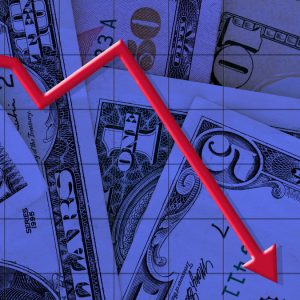Tag Result: base rate

House prices tick up 0.3% YOY in March – Halifax
Annual house price inflation came to 0.3% in March, down from 1.6% in the previous month, ...

Top 10 most read mortgage broker stories this week – 22/03/2024
The Bank of England’s decision to keep the base rate at 5.25 per cent for the fifth cons...

Base rate hold unsurprising but cuts on horizon – reaction
The decision by the Bank of England (BoE) to hold the base rate at 5.25 per cent was not a...

Base rate locked again at 5.25 per cent
The Bank of England (BoE) has maintained the base rate at 5.25 per cent – welcome news f...

Bank of England expected to hold base rate this week
The Bank of England (BoE) has kept interest rates frozen at 5.25 per cent for the past six...

Pressure on BoE to cut base rate grows as recession is confirmed
The announcement that the UK was officially in a recession has left economists suggesting ...

House prices up 2.5 per cent YOY in ‘positive start’ to 2024 – Halifax
The average house price in the UK ticked up 2.5 per cent year on year (YOY) to £291,029, ...

Top 10 most read mortgage broker stories this week – 02/02/2024
The Bank of England (BoE) keeping the base rate at 5.25 per cent this week for the fourth ...

Bank of England maintains base rate at 5.25 per cent
The Bank of England (BoE) Monetary Policy Committee (MPC) has kept the base rate at 5.25 p...

Top 10 most read mortgage broker stories this week – 26/01/2024
The government mulling bringing out a 99 per cent loan to value (LTV) scheme to help first...






















